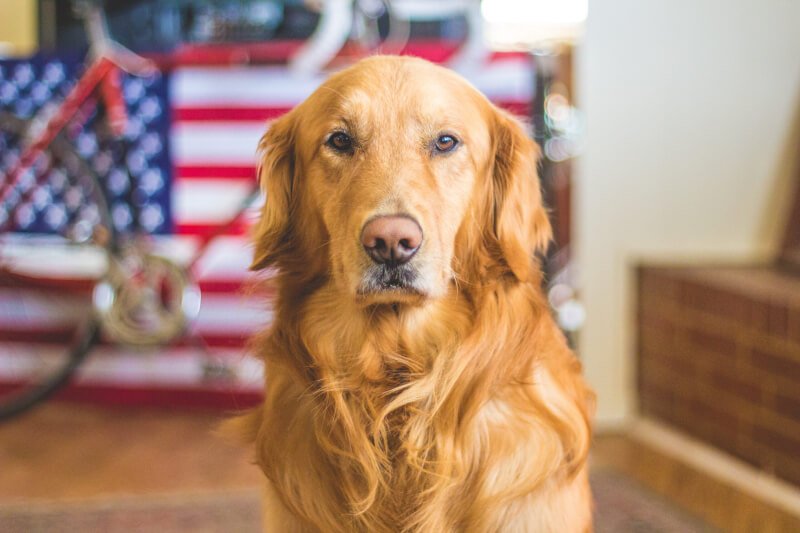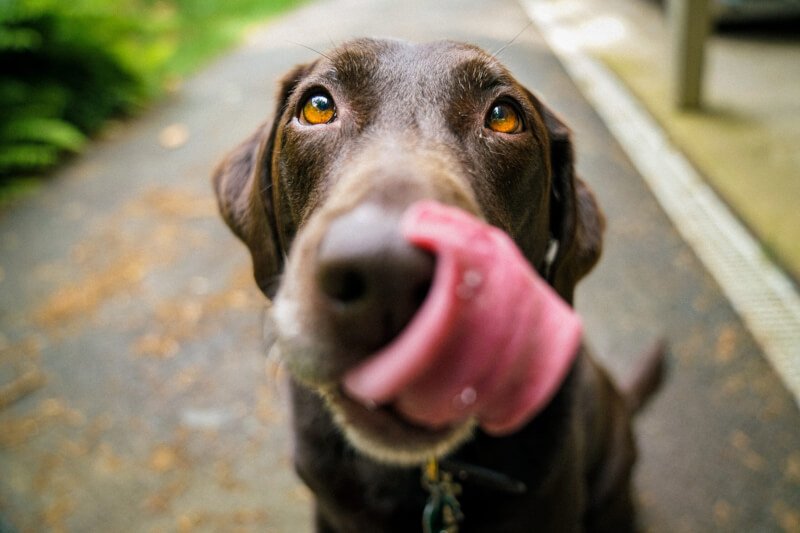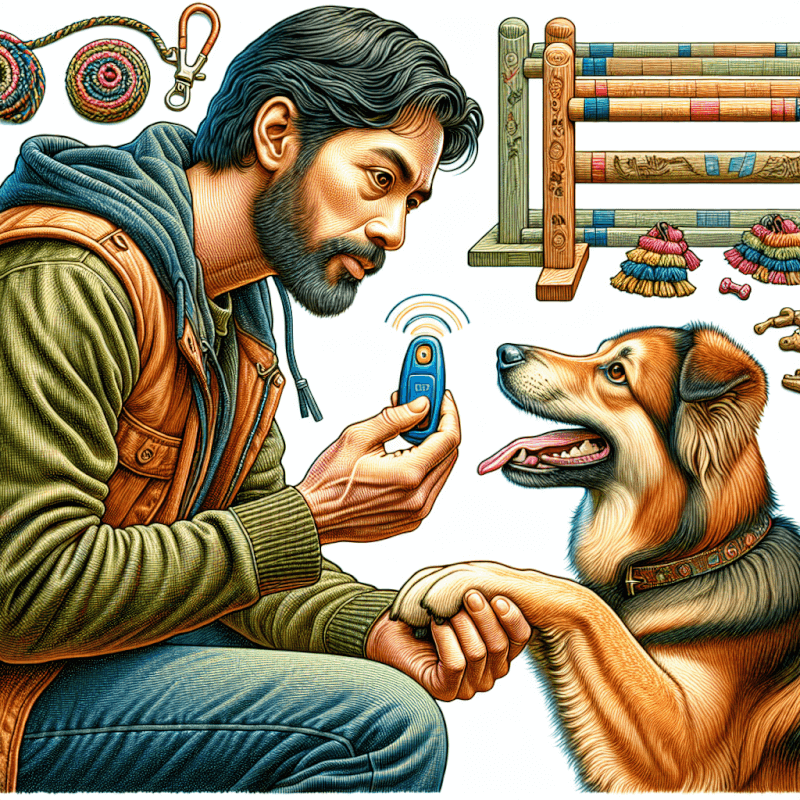If you’re struggling with a dog displaying aggressive behavior, you may find yourself wondering whether aggressive dog training actually works. It’s a question that many pet owners have, and rightfully so. This article will explore the effectiveness of aggressive dog training, shedding light on the different methods and approaches that can be employed to address this challenging issue. Delving into the topic with an open mind, you’ll gain a deeper understanding of whether aggressive dog training is truly effective in transforming your furry friend’s behavior for the better.
The Effectiveness of Aggressive Dog Training
Aggressive dog behavior can be a serious concern for dog owners. It can compromise the safety of both the dog and those around them. Therefore, finding effective training methods to address aggression is crucial. In this article, we will explore the different approaches to aggressive dog training, the importance of professional evaluation, the use of positive reinforcement training, the drawbacks of negative reinforcement training, the effectiveness of mixed training methods, the long-term results of aggressive dog training, considerations for aggressive dog owners, alternative approaches to aggressive dog training, the legal responsibilities of dog owners, and the role of aggressive dog breeds.
Ready for Cat Trivia?
Test your knowledge about cats!

Understanding Aggressive Dog Behavior
Before diving into the various training methods, it is important to first understand the underlying reasons behind aggressive behavior in dogs. Aggression can stem from factors such as fear, territoriality, possessiveness, or even genetic predispositions. By identifying the root cause of aggression, trainers can tailor their approach to effectively address the specific behavior.
The Different Approaches to Aggressive Dog Training
When it comes to aggressive dog training, there are several different approaches to consider. These approaches primarily fall into two categories: positive reinforcement training and negative reinforcement training. Each method has its own unique benefits and drawbacks, and understanding these differences is essential to choosing the most effective approach for your aggressive dog.
The Importance of Professional Evaluation
While many dog owners attempt to address aggression on their own, seeking professional evaluation can significantly enhance the effectiveness of the training process. A professional trainer can assess the severity of aggressive behaviors and identify any underlying causes that may be contributing to the aggression. Their expertise and experience enable them to develop a targeted training plan to address the specific issues at hand.
Assessing the Severity of Aggressive Behaviors
Determining the severity of aggressive behaviors is crucial in developing an appropriate training approach. Some dogs may exhibit mild or occasional aggression, while others may display more severe and frequent aggression. By accurately assessing the severity, trainers can implement the most suitable training techniques and gauge the dog’s progress throughout the training process.
Identifying Underlying Causes of Aggression
Another important aspect of professional evaluation is identifying the underlying causes of aggression. It is essential to understand what triggers a dog’s aggressive behavior in order to effectively address it. Factors such as fear, past trauma, or a lack of socialization can all contribute to aggression in dogs. By identifying these underlying causes, trainers can implement targeted strategies to help the dog overcome its aggressive tendencies.

Positive Reinforcement Training
Positive reinforcement training is a popular approach to address aggression in dogs. This method relies on rewarding desired behaviors and ignoring or redirecting unwanted behaviors. The use of rewards, such as treats, praise, or playtime, helps motivate and reinforce the dog’s good behavior.
Rewards-Based Training Techniques
In positive reinforcement training, trainers focus on rewarding the dog for displaying behaviors that are incompatible with aggression. For example, if a dog tends to growl when approached by strangers, the trainer may reward the dog for remaining calm and friendly when faced with new people. This encourages the dog to replace aggressive responses with more desirable behaviors.
The Benefits of Positive Reinforcement
Positive reinforcement training has several benefits when it comes to addressing aggression in dogs. Firstly, it promotes a positive and trusting relationship between the dog and its owner or trainer. By focusing on rewarding desired behaviors, the dog feels more secure and motivated to please. Additionally, positive reinforcement training helps build the dog’s confidence and social skills, reducing the likelihood of aggression in the long run.
Negative Reinforcement Training
While positive reinforcement training is widely praised, some dog owners and trainers opt for negative reinforcement training methods to address aggression. This approach involves the use of punishment or aversive stimuli to discourage unwanted behaviors. It should be noted that negative reinforcement training techniques may not be suitable for all dogs and can have potentially harmful effects if not applied correctly.
Punishment-Based Training Techniques
In negative reinforcement training, trainers employ various techniques to deter aggressive behaviors through punishment. This may include verbal reprimands, leash corrections, or the use of tools such as shock collars or citronella spray. The aim is to associate aggressive behaviors with unpleasant consequences, discouraging the dog from repeating them.
Drawbacks and Potential Risks
Negative reinforcement training methods have significant drawbacks and potential risks. Firstly, the use of punishment can cause fear, anxiety, or even aggression in some dogs. This can exacerbate the existing aggression issue, making training less effective. Furthermore, punishment-based techniques rely on suppressing unwanted behaviors rather than teaching the dog appropriate alternatives. As a result, the likelihood of recurrence or the development of other behavioral problems remains high.

Mixed Training Methods
In some cases, trainers may opt to combine positive and negative reinforcement techniques in their approach to aggressive dog training. This hybrid approach aims to utilize the benefits of both methods while minimizing their drawbacks. However, this method should only be implemented by experienced trainers who understand the complexities and potential risks involved.
Combining Positive and Negative Reinforcement
The idea behind mixed training methods is to reinforce desired behaviors using positive techniques while providing correction for unwanted behaviors through negative techniques. For example, a trainer may use positive reinforcement to reward a dog for remaining calm when approached by strangers, while also implementing negative reinforcement to discourage growling or lunging.
Effects on Aggressive Behaviors
Some trainers argue that mixed training methods can effectively address aggression by providing clearer boundaries and consequences to the dog. However, the success of this approach largely depends on the skill and expertise of the trainer, as well as the individual dog’s temperament and response to different training techniques. It is essential to carefully assess the dog’s progress and well-being throughout the training process to ensure the effectiveness and ethicality of mixed training methods.
Long-Term Results of Aggressive Dog Training
The ultimate goal of aggressive dog training is to achieve long-term results that improve both the dog’s well-being and its interactions with others. While training can significantly reduce aggressive behaviors, it is important to acknowledge the potential for recurrence and the need for ongoing management.
Impact on the Dog’s Well-being
A well-executed and appropriate training program can greatly improve a dog’s well-being. By addressing aggression, trainers help reduce the dog’s stress and anxiety levels, leading to an overall happier and healthier dog. Additionally, the focus on positive reinforcement and building trust strengthens the bond between the dog and its owner or trainer, fostering a more positive relationship.
Potential Recurrence of Aggression
It is crucial to recognize that aggressive behaviors may reemerge in some dogs, even after successful training. Factors such as stress, changes in the dog’s environment, or inadequate ongoing reinforcement and management can contribute to the recurrence of aggression. Therefore, it is essential for owners to remain vigilant and continue implementing appropriate training techniques and behavior management strategies to prevent relapses.

Considerations for Aggressive Dog Owners
Being an owner of an aggressive dog comes with its own set of challenges and responsibilities. It is important to consider these factors before embarking on aggressive dog training.
Time and Dedication Required
Addressing and modifying aggressive behaviors in dogs requires time, patience, and dedication from the owner. Training should be consistent and ongoing, with regular practice sessions and reinforcement of desired behaviors. It is essential to understand that aggression cannot be “cured” overnight and that significant effort is needed to achieve long-lasting results.
Seeking Professional Guidance
Owners of aggressive dogs should seriously consider seeking professional guidance. Professional trainers have the expertise and experience to assess the dog’s behavior accurately and develop a tailored training plan. They also provide ongoing support and guidance throughout the training process, helping owners navigate the complexities of aggression and ensure the safety of all parties involved.
Alternative Approaches to Aggressive Dog Training
In addition to the traditional methods described above, there are alternative approaches to aggressive dog training that focus on behavior modification techniques.
Behavior Modification Techniques
Behavior modification techniques aim to change the dog’s emotional and behavioral response to triggers associated with aggression. This may involve systematic desensitization, counterconditioning, or the use of pheromone therapy. These techniques focus on gradually exposing the dog to triggers and helping them develop new positive associations, ultimately reducing aggressive responses.
Desensitization and Counterconditioning
Desensitization involves gradually exposing the dog to the triggers that typically elicit aggression, starting with low-intensity stimuli and gradually increasing the intensity over time. This helps the dog develop familiarity and tolerance towards the triggers, reducing aggressive reactions. Counterconditioning, on the other hand, aims to change the dog’s emotional response to the triggers by associating them with positive experiences, such as treats or playtime.

Aggressive Dog Training and Legal Responsibilities
In many jurisdictions, owners of aggressive dogs have legal responsibilities regarding their training and management. Failing to meet these responsibilities can lead to legal consequences and potential liability in the event of any incidents involving the dog.
Liability for Dog Owners
Dog owners are typically held liable for any damages or injuries caused by their aggressive dog. Therefore, it is crucial for owners to ensure they are taking appropriate measures to address aggression, such as seeking professional training, using suitable restraints, and following any local regulations regarding aggressive dog ownership.
Consequences of Inadequate Training
Inadequate training or negligence in addressing aggression can have severe consequences. Aggressive dogs pose a safety risk to other animals, humans, and even their owners. Incidents involving an aggressive dog can result in legal action, fines, court-imposed restrictions, and potentially even the removal of the dog from the owner’s care. It is essential to prioritize responsible ownership and address aggression proactively to avoid these consequences.
The Role of Aggressive Dog Breeds
Certain dog breeds are often associated with a predisposition to aggressive behavior. While breed alone is not a determining factor in a dog’s aggression, it is important to acknowledge that some breeds may require specialized training approaches and additional considerations.
Breed Predispositions to Aggression
Some dog breeds have a genetic predisposition towards particular types of aggression. This can be based on factors such as breeding history, purpose, or instinctual traits. It is crucial to research and understand the tendencies and characteristics of a specific breed to effectively address and manage potential aggression.
Training Challenges and Special Considerations
Aggressive dog breeds may present unique training challenges due to their size, strength, and instinctual behaviors. It is important for owners of such breeds to seek professional guidance and tailor training methods to accommodate the dog’s unique needs. Additionally, responsible ownership, proper socialization, and ongoing management are essential to mitigate any potential aggression associated with these breeds.
In conclusion, aggressive dog training can be effective in addressing and modifying aggressive behaviors. Understanding the different approaches, seeking professional evaluation, utilizing positive reinforcement training methods, and considering alternative techniques all play a vital role in ensuring the long-term well-being of aggressive dogs. Responsible ownership, adherence to legal responsibilities, and recognizing the potential impact of breed predispositions further contribute to a successful and safe outcome. By implementing appropriate training techniques and seeking professional guidance, owners can help their aggressive dogs develop better behavior and enjoy a happier, healthier, and more harmonious life with those around them.



